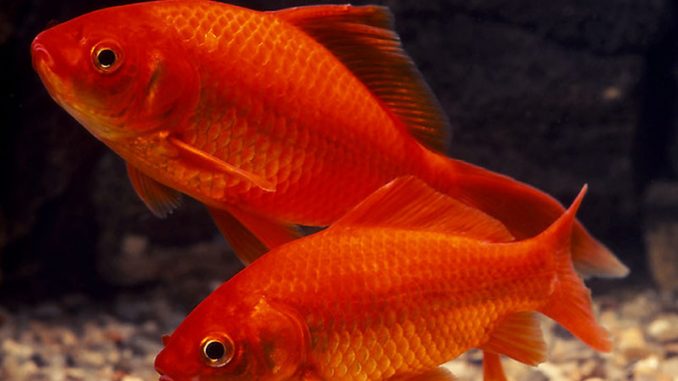
The common goldfish is a freshwater fish part of the Cyprinidae family. This fish is a descendant of the wild Prussian carp and is closely related to other ornamental fish like koi.
Common goldfish are known for their vibrant color and ability to withstand a variety of tank conditions, which makes them popular with beginner fishkeepers. They are also peaceful, easy to breed, and fast-growing.
The aquarist community also refers to common goldfish as feeder fish because they are sometimes fed to larger fish or animals, like sharks and turtles, as part of a balanced diet.
TABLE OF CONTENTS
Common Goldfish Facts & Overview
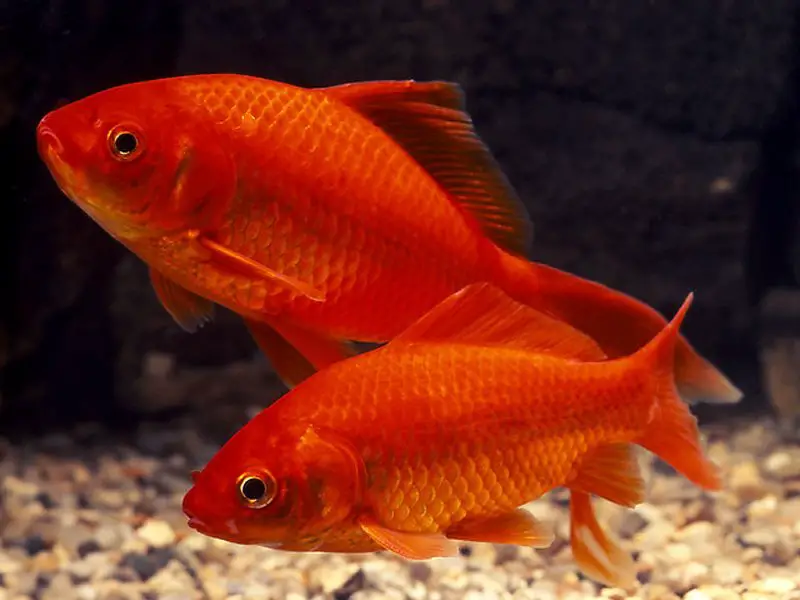
| Category | Rating |
| Care Level: | Easy |
| Temperament: | Peaceful, Communal |
| Color: | Various colors and patterns |
| Lifespan: | 10 years |
| Size: | 12 inches |
| Diet: | Omnivore |
| Family: | Cyprinidae |
| Minimum Tank Size: | 20-gallons |
| Tank Setup: | Freshwater, plants, caves |
| Compatibility: | Similar size fish, avoid larger fish |
Common goldfish get their name from a color mutation that occurred when the Chinese began domesticating carp for food. Carp are wild fish found in shallow, calm water such as rivers, streams, lakes, and reservoirs. Mutations can produce fish that are yellow, red, or gold in color, hence their name goldfish.
The fish became an iconic symbol of Chinese culture, and wealthy people would have goldfish on display in ponds. Asians and Europeans were keeping domesticated goldfish inside tanks by the 1600s. In the 19th century, common goldfish became popular in the United States.
Common goldfish are easy to find in most pet stores. They cost around $1 per fish, depending on their size. They are also sold cheaper online in bulk for use as feeder fish.
Appearance & Behavior
Common goldfish are striking and vibrant and display orange, red, yellow, grey, and black color formations. They’re long-bodied, slender fish with curved dorsal fins laden with a stripe across their belly.
Stress will cause common goldfish to become dull in color. Aggressive tankmates, poor water quality, and small tank sizes contribute to stress.
The difference between males and females is subtle. Males will display spots on their gills and fins during mating, which helps sex the species.
Common goldfish vary in size depending on their living conditions. Fish living in large tanks will grow larger than fish in small tanks, and indoor common goldfish tanks should hold at least 20 gallons of water.
Common goldfish that live in an outdoor pond will live longer than fish in an aquarium environment and can grow up to 12 inches long.
Typical Behavior
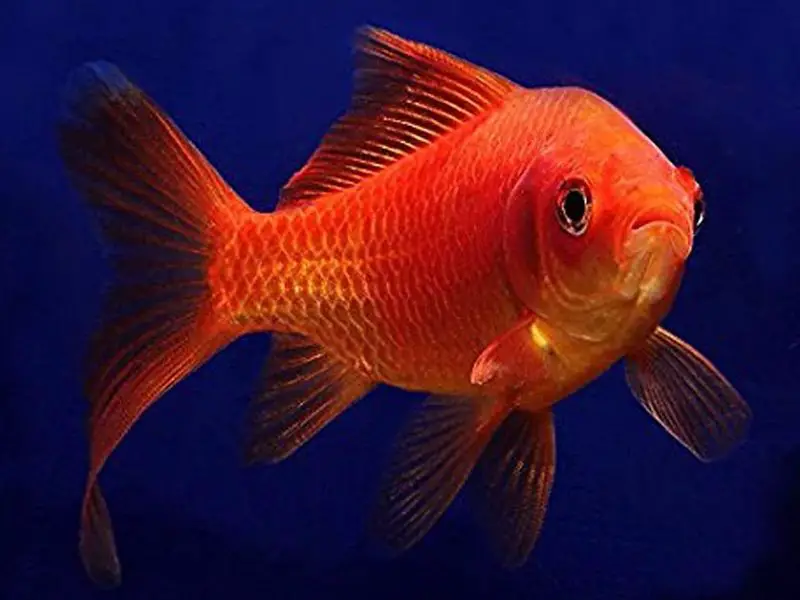
Common goldfish are peaceful and timid and will gather in groups in the wild. Goldfish are easy-going and can share a tank with other goldfish or with other species of fish.
Common goldfish are rarely aggressive, but they will fight for food if the fish are underfed. You should feed these fish two or three times per day to avoid conflict.
Competition can stress common goldfish. Fish living in aquariums without sufficient resources and hiding places will become distressed and sick. Look out for the following signs of stress:
- Color starts to dull or change
- Swimming in circles
- Frantic swimming patterns emerge
- Loss of appetite
- Loss of energy
Common goldfish like to explore their environment. They are fast swimmers, rarely gather in one area of the tank, and will often linger at the surface of the tank if the oxygen levels in the water are low. You should provide common goldfish with plants, caves, and hiding spaces to keep them happy and healthy.
Common goldfish don’t have regular sleeping patterns and are active during the day and at night. Aquarists can influence activity by controlling the lighting in the tank. However, common goldfish will become less active when their tank is dimly lit, regardless of the time of day.
Common Goldfish Care
Caring for common goldfish is easy. These fish live in garden ponds and lakes all over the world and require minimal care. They’re hardy fish that can survive in a variety of tanks and living conditions, making them a good fit for beginner fishkeepers.
In the wild, the common goldfish diet consists of aquatic insects like plankton and mosquito larvae and small fish, crustaceans, and decaying plant matter.
You should provide a similar diet for common goldfish in captivity. While flakes and pellet food make up the core of their diet, feeding them live food like bloodworms and zooplankton will keep them healthy and happy.
Depending on your schedule, you can feed common goldfish small amounts of food 2–3 times per day, morning or night. Common goldfish are perpetually hungry — they will eat any time they’re given food, so be careful not to overfeed.
If there are extra, uneaten food pellets floating at the top or flakes collecting at the bottom, it’s a sign the fish is being fed too much food. Over time, wasted food can clog the aquarium filter leading to less than ideal tank conditions and causing stress to the fish.
Overfeeding common goldfish can lead to bloating, which can cause constipation and swim bladder disease. Swim bladder disease affects the fish’s ability to control its buoyancy, causing the fish to swim upside-down and either float to the top or sink to the bottom.
Their hardiness helps keep diseases at bay, but they can still succumb to common freshwater fish diseases like parasites, viral, and fungal infections.
Parasites can transfer when new fish are introduced into a community aquarium without being quarantined first. You should quarantine new fish for ten days before integrating them with other fish.
Fish fungus emerges when water quality in the aquarium is poor, allowing spores to spread quickly among the fish. Though common goldfish are hardy, they’re more likely to succumb to disease if they’re stressed.
Habitat and Tank Requirements
Common goldfish live in idle, slow-moving waters like lakes, ponds, and rivers in the wild. They will swim in and out of vegetation and share the water with other fish. Common goldfish feed on plants and small insects in the wild and in captivity.
These fish are housed in indoor tanks or outdoor ponds, but both habitats require similar standards. They’re a cold-water fish and thrive in water between 68º and 76ºF, but can survive in temperatures a few degrees above freezing.
Hibernation occurs when the water temperature dips below 60ºF for more than a few days. Common goldfish can survive a few months of hibernation.
In their natural habitat of lakes and ponds, the water is deep enough for the fish to hibernate at the bottom and avoid freezing in the winter. Outdoor ponds should be at least four feet deep to avoid freezing completely, allowing captive goldfish to survive harsher temperatures.
Tank Conditions
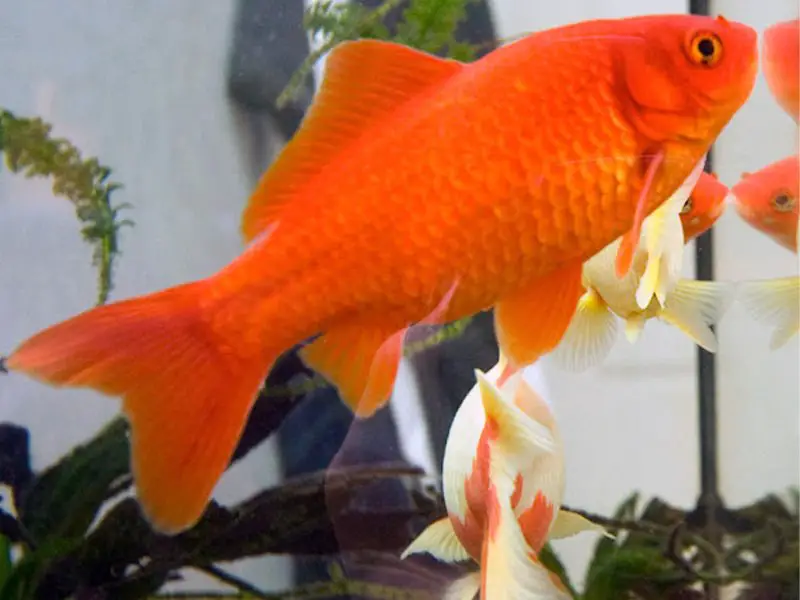
Common goldfish tanks should be at least 20 gallons in size. Aquarists looking to keep more than one common goldfish in an aquarium should consider adding 10 gallons of water for every additional fish. They require a gravel substrate and natural plants and decorations to explore.
Aquarium plants face the risk of being eaten or uprooted by common goldfish. You can avoid this by rooting plants in the substrate and surrounding them with heavier stones so they can’t be moved. Hardy plants like anubias and eelgrass are good choices.
Common goldfish prefer cold water between 68º and 76ºF, and a water pH level between 6 and 8. Aquarium lighting can affect water temperature and often make the water warmer at the surface. Water heaters are brilliant tools for regulating the temperature in the tank.
High-quality water filters will help maintain hygienic tank conditions. Common goldfish produce a lot of waste, so performing regular water changes is important.
Tank Mates
Common goldfish are great tankmates for the rosy barb, platy fish, and bristlenose pleco. Mystery snails are also a great companion for your common goldfish. Snails help keep the tank clean by eating leftover food and algae, which can offset the amount of waste your fish will produce.
Common goldfish are good-natured and not territorial. They’re communal, social fish that like to be part of a group.
Common goldfish like to scavenge. Small fish will be mistaken for food, so you should choose similar-sized tankmates. Avoid fish that are notorious for being territorial and aggressive such as betta fish, freshwater angelfish, dwarf gouramis, and discus fish.
Diet and Feeding
Common goldfish are omnivores, meaning their diet consists of both plants and animals. They will scavenge the bottom of the water, eating plant material, small insects, and crustaceans in the wild.
You should feed common goldfish a variety of flakes, pellet food, bloodworms, and feeder shrimp. High-quality flake food should be the primary source of their diet, with other sources acting as treats. You will also notice your common goldfish nibbling on live aquarium plants.
Fish living in an aquarium setup should eat flake food twice daily with a treat between meals. Common goldfish living in a pond will require more frequent mealtimes.
Make sure you don’t overcrowd the aquarium, as overcrowding causes competition for food, which will distress the fish.
Breeding
Common goldfish are oviparous, which means they lay eggs and are born as small fry.
During breeding, the fish will chase one another, indicating the start of the mating ritual. Females also have a vent under their tails, which becomes swollen during breeding.
Females deposit eggs on gravel or plants. They will lay between 100 to 1,000 eggs at a time. Eggs hatch within a week. Newborn fry measure half an inch long and are dark in color, which helps them hide from predators. Fry will keep their dark color for over a month.
Fry take three weeks to mature. You should feed fry live food such as brine shrimps that have been crushed into small pieces.
Follow these steps to breed common goldfish:
- Invest in a breeding tank at least 20-gallons in size. Stock the tank with a gravel bottom and a variety of aquatic plants.
- Place a spawning mat in the tank. This will catch the eggs and make them easier to handle.
- Put the male and female fish in the breeding tank together. Feed the fish live food like worms and brine shrimp to prime them for spawning.
- The ideal temperature for spawning is between 69 to 75º F. Slowly increase the temperature in the tank until spawning begins.
- The fish will begin to chase one another when they are ready to spawn.
- Spawning lasts a few hours, with the female laying hundreds of eggs at a time, ready for the males to fertilize.
- Remove the parents from the breeding tank after spawning, or they’ll start to eat the eggs.
- The eggs will hatch within a few days.
- Feed fry small bits of live food like worms and feeder shrimp.
- Transport the fry into the community aquarium once they are over an inch long.
Should You Get a Common Goldfish for Your Aquarium?
You should get a common goldfish if you want to add a hardy, low-maintenance fish to your aquarium. They’re inexpensive, easy to take care of, and can live for a long time under the right conditions.
These communal freshwater fish will fit into planted freshwater tanks. Ensure your tank is set up appropriately and contains appropriate tankmates before introducing common goldfish into the aquarium.
Goldfish FAQs
- Should I remove my fish when doing a water change?
- How often should I clean the gravel in my fish tank?
- Should I feed my goldfish every day?
- How do you know if your goldfish is a boy or girl?
- Do goldfish like music?
- How do I entertain my goldfish?
- Why do goldfish die so easily?
- What are the signs that your goldfish is dying?
- Why do goldfish die after a water change?
- Do goldfish need a heater?
- Can I put my goldfish in tap water?
- How often should I clean my goldfish tank?
- Do goldfish need to be in pairs?
- How do I bring my goldfish back to life?
- Is it ok to touch goldfish?
- Are goldfish good pets?
- Do goldfish die easily?
- How long do goldfish live for?
- Will a goldfish die if you touch it?

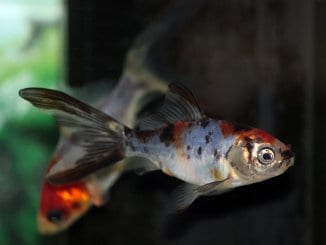
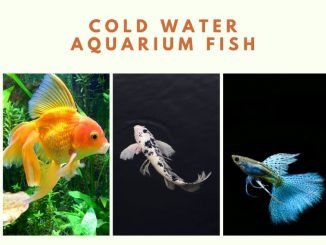
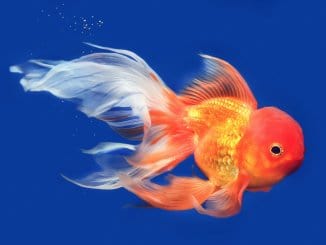
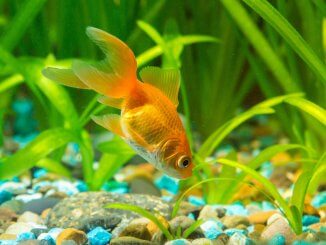
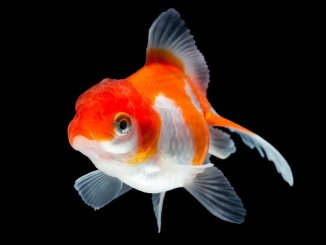
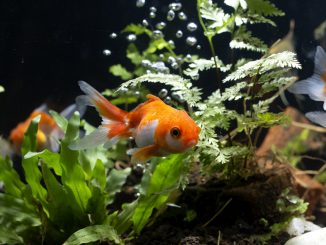
Be the first to comment